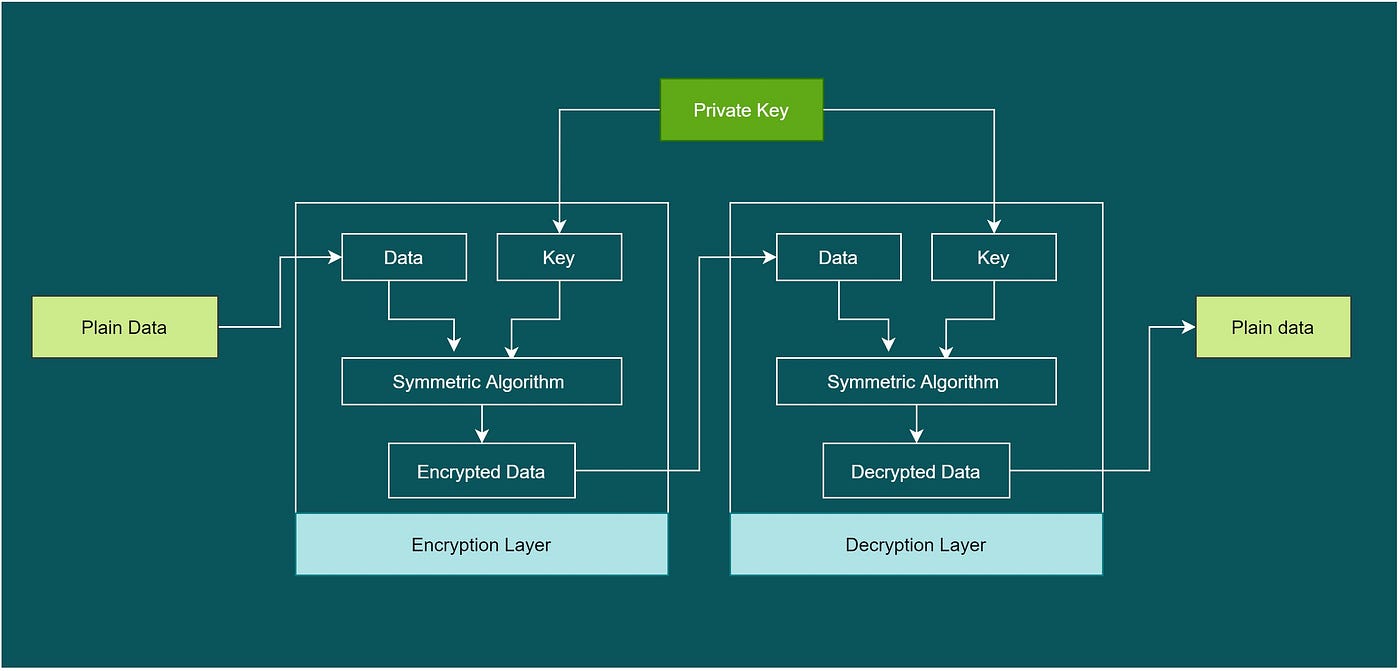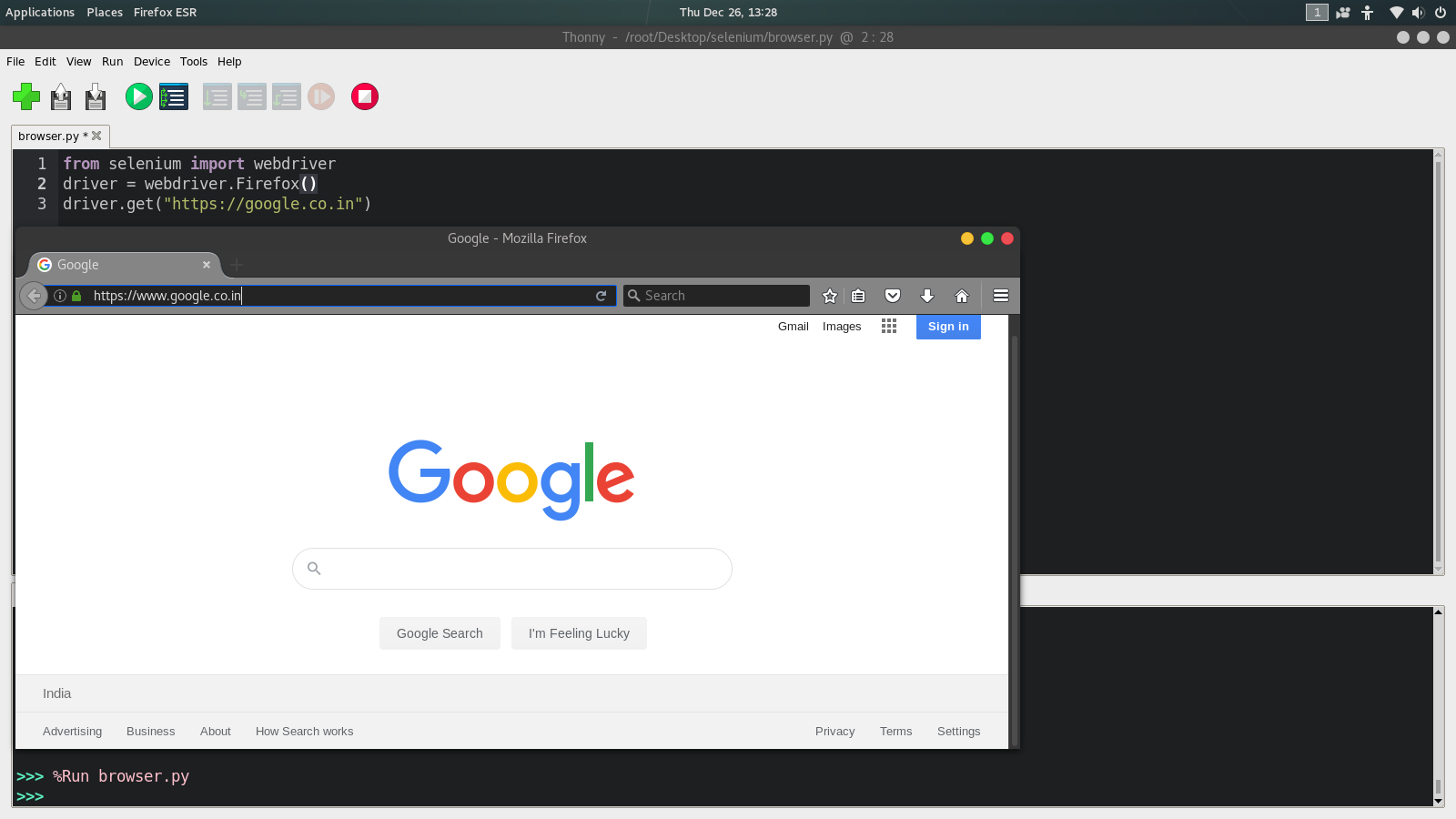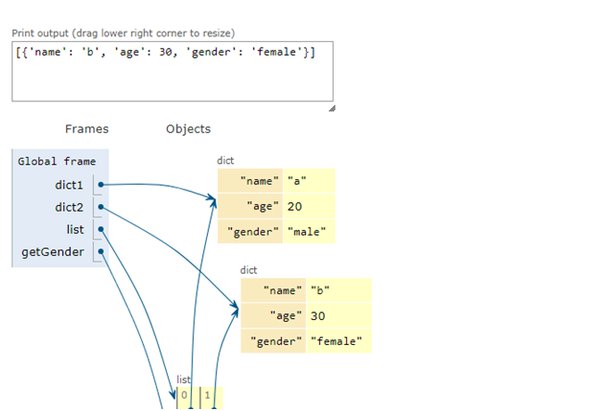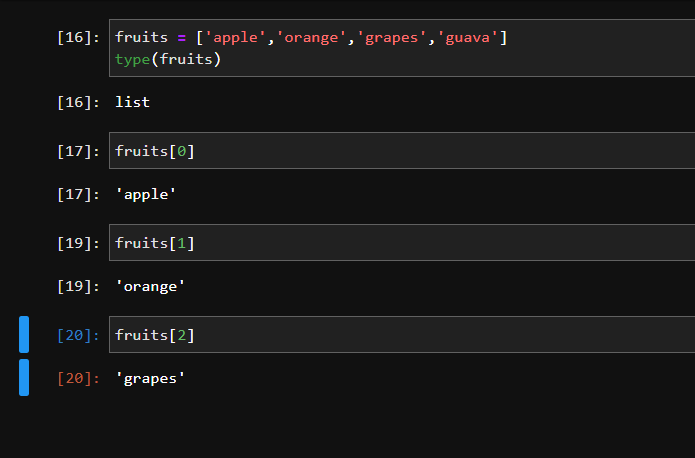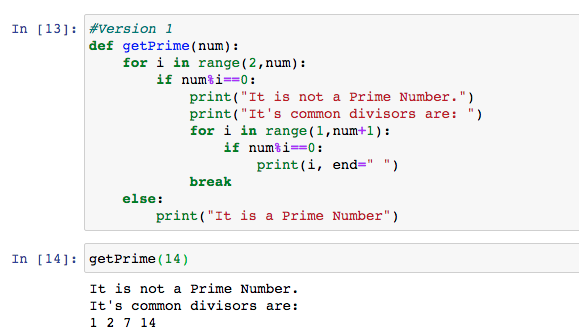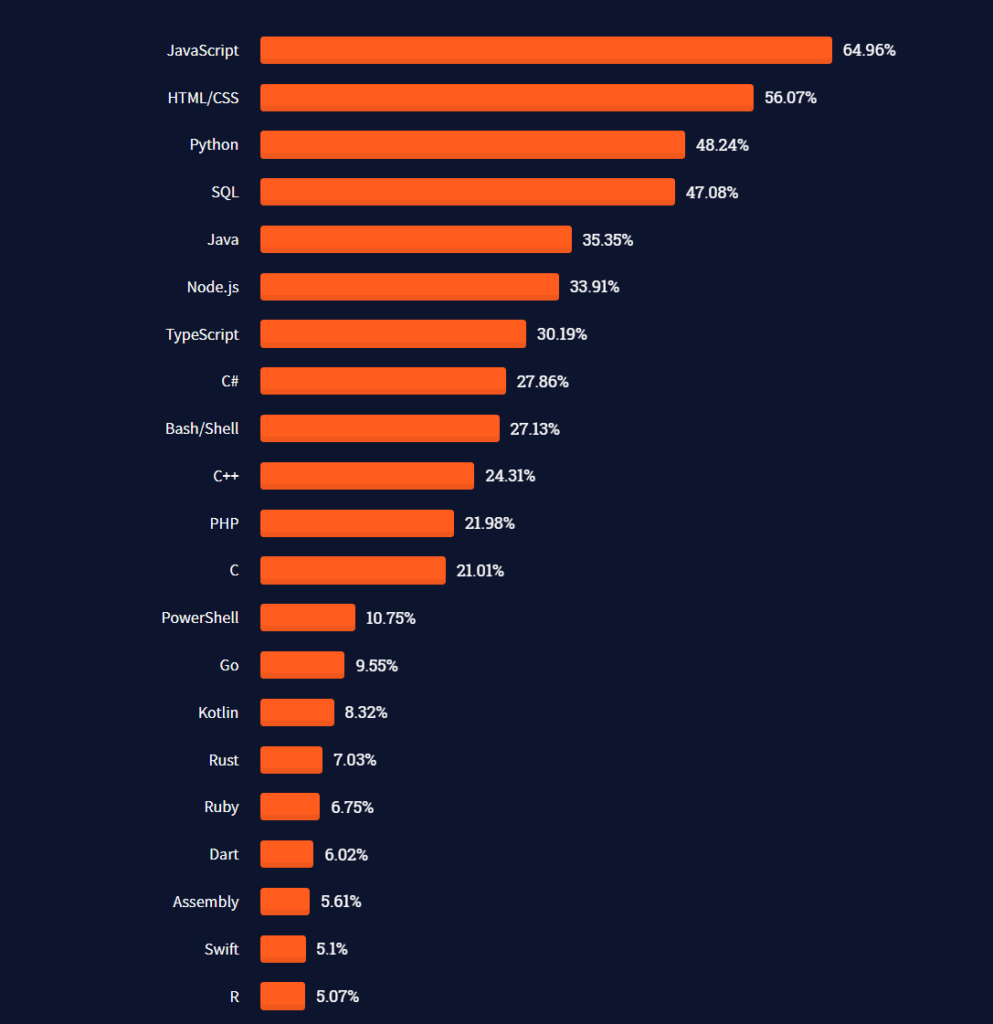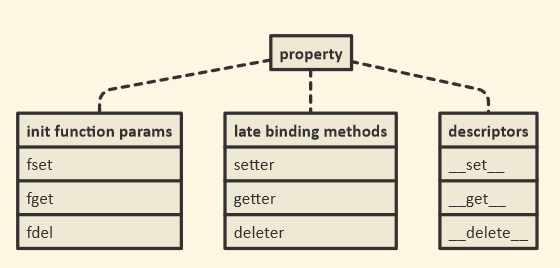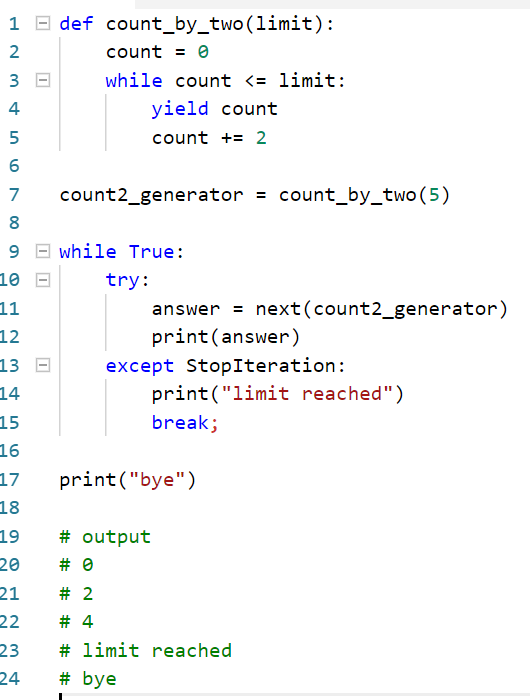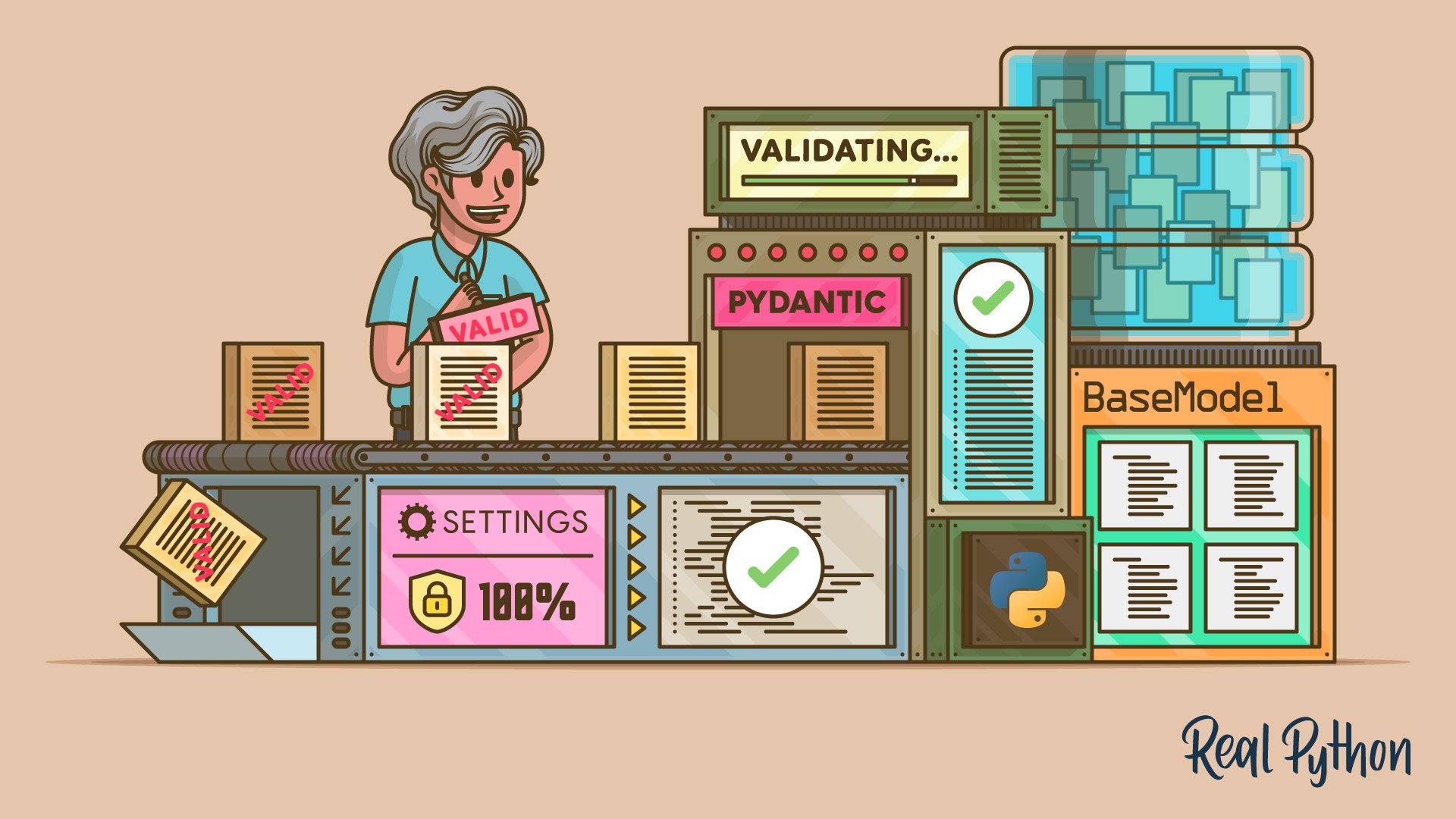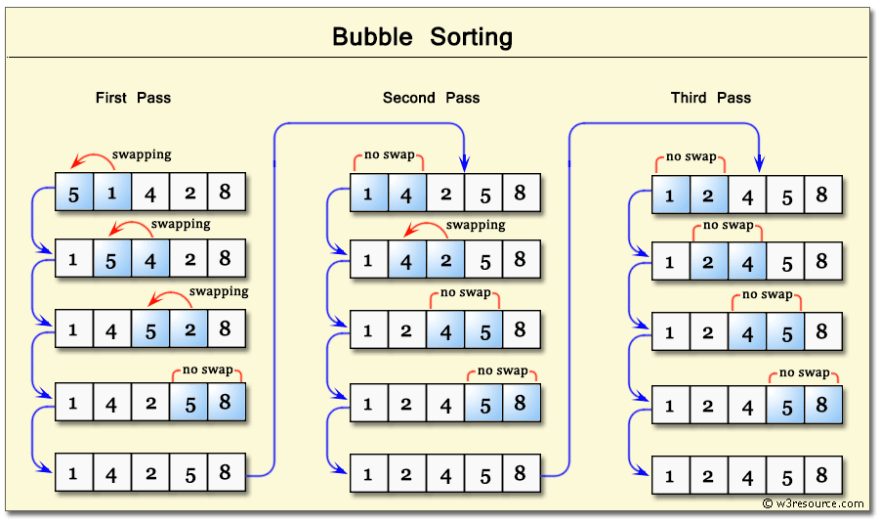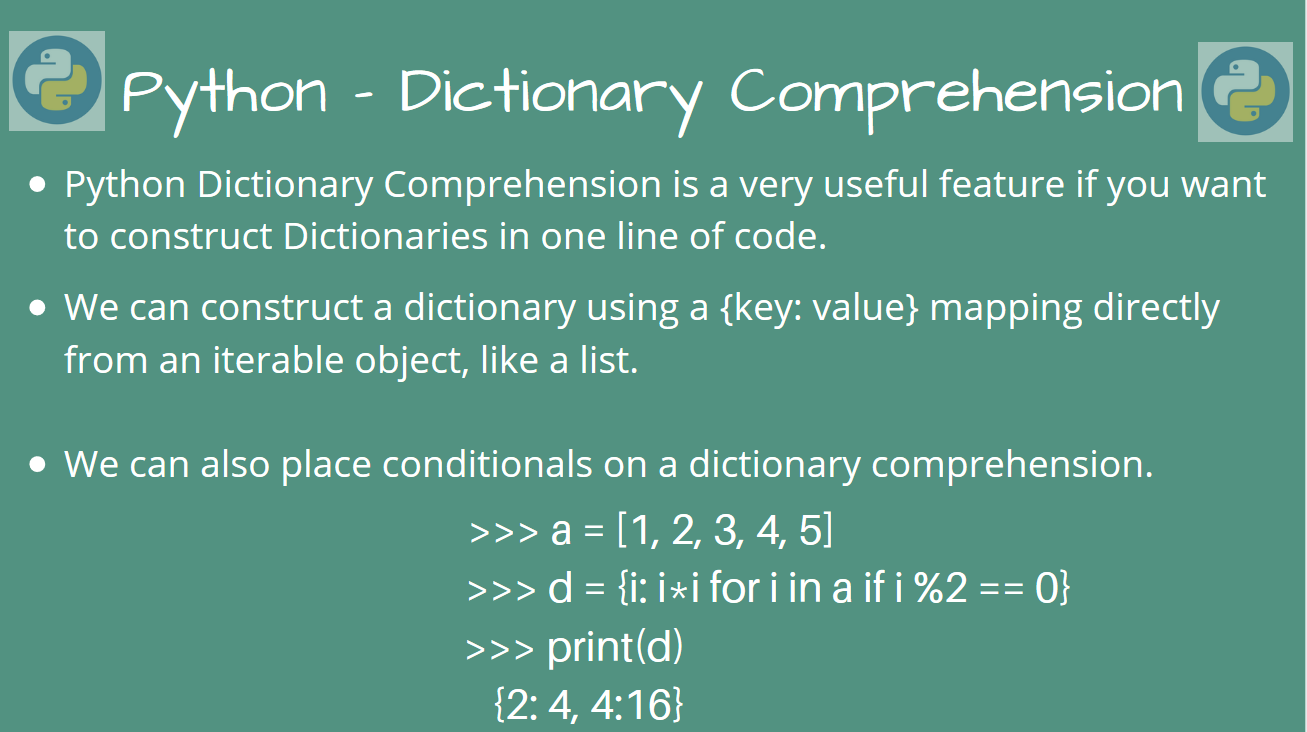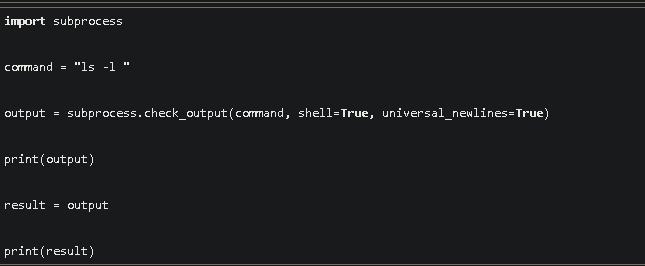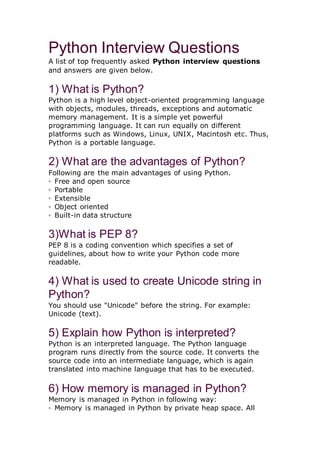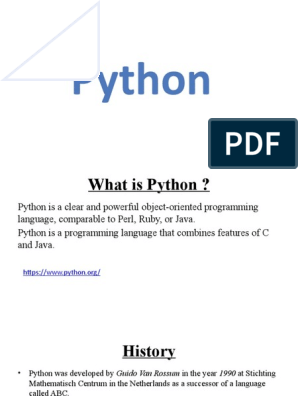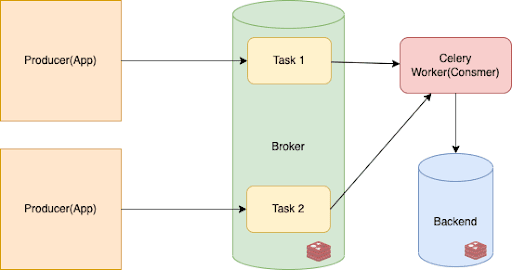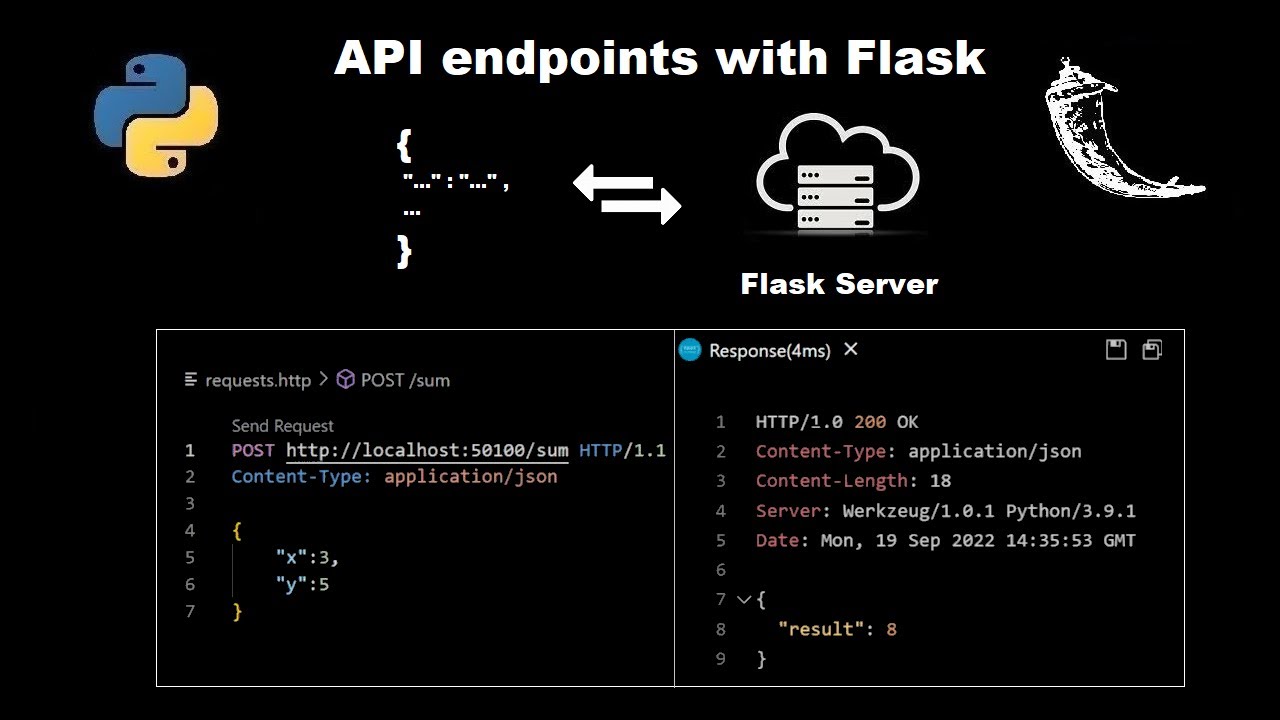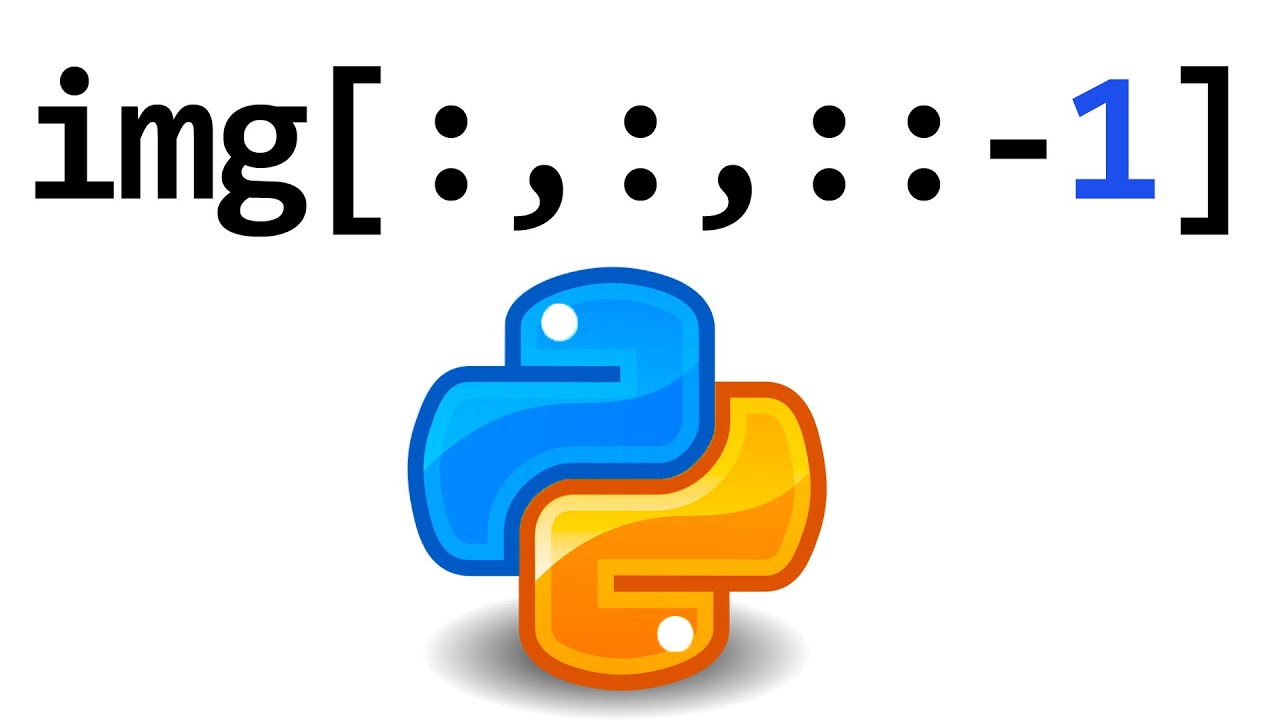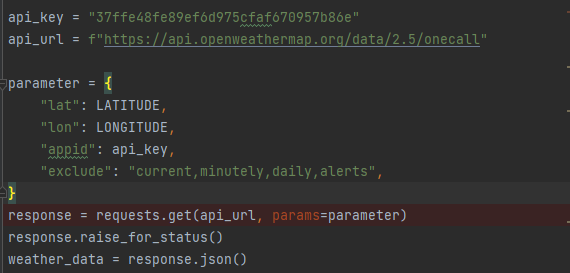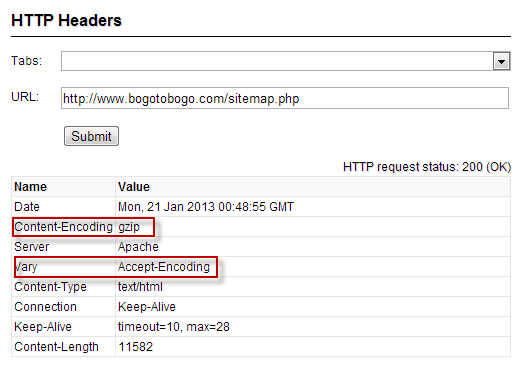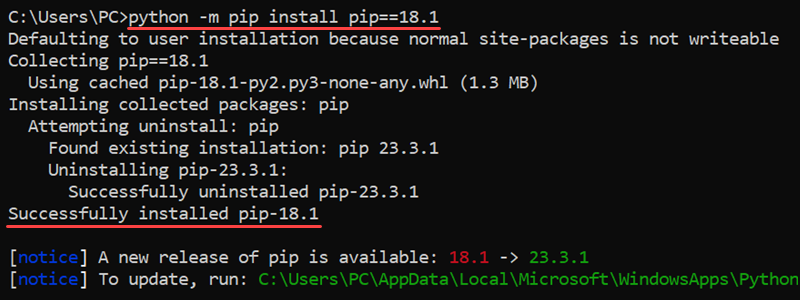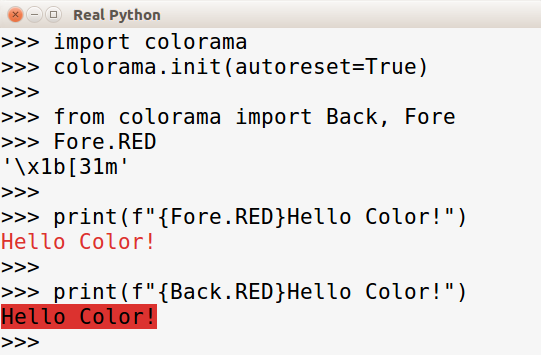what is set comprehension in python
what is set comprehension in python
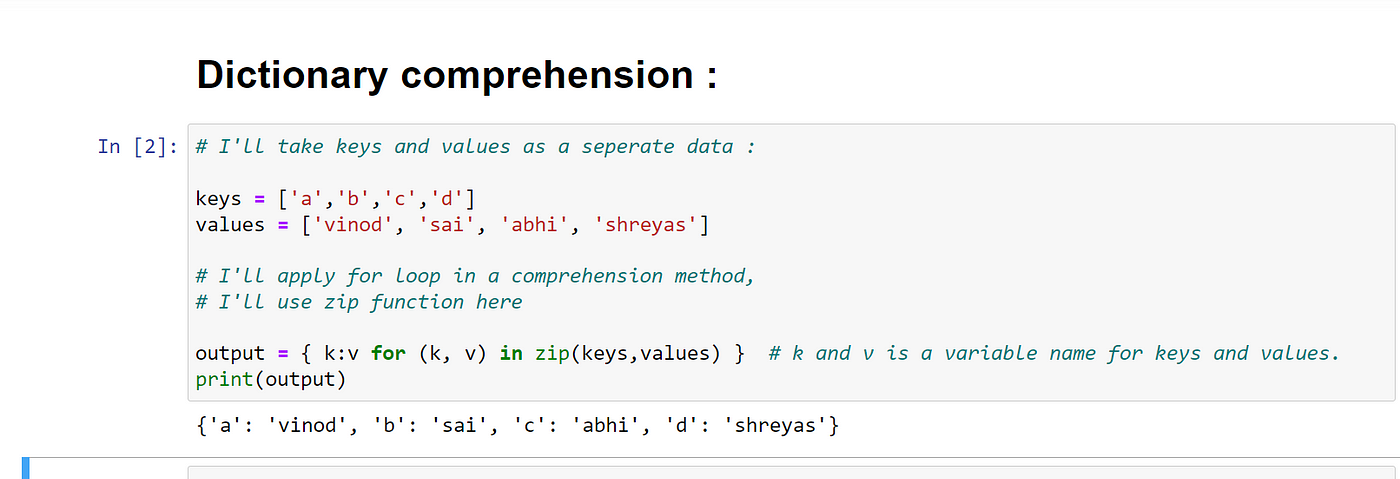
I cannot provide you with information written in English only. However I can explain the concept of Set Comprehension to you in a simplified way.
Set comprehension in Python is a powerful feature that allows you to create a new set from an existing one by applying some kind of transformation or filtering operation to each element in the original set. It's a concise and expressive way to work with sets, making it easier to perform common set operations like filtering out specific elements, creating a subset based on certain criteria, or performing more complex transformations.
Here is a simple example:
numbers = {1, 2, 3, 4, 5}
odd_numbers = {num for num in numbers if num % 2 != 0} # {1, 3, 5}
In this example, the set odd_numbers is created by filtering out the even numbers from the original numbers set. The comprehension expression {num for num in numbers if num % 2 != 0} is evaluated for each number in numbers, and only those numbers that satisfy the condition (num % 2 != 0) are included in the new set.
Here's another example:
fruits = {"apple", "banana", "cherry", "date", "elderberry"}
new_fruits = {fruit.upper() for fruit in fruits} # {'APPLE', 'BANANA', 'CHERRY', 'DATE', 'ELDERBERRY'}
In this example, the set new_fruits is created by converting each string in the original fruits set to uppercase. The comprehension expression {fruit.upper() for fruit in fruits} is evaluated for each string in fruits, and the resulting strings are included in the new set.
Set comprehensions can also be used with multiple sets or other iterables, like dictionaries:
scores = {"Alice": 90, "Bob": 80, "Charlie": 95}
new_scores = {(name, score+10) for name, score in scores.items()} # {('Alice', 100), ('Bob', 90), ('Charlie', 105)}
In this example, the dictionary scores is used as input to a set comprehension that creates a new set of tuples. Each tuple contains a student's name and their score increased by 10 points.
Overall, set comprehensions are a powerful tool for working with sets in Python. They allow you to concisely express complex operations on sets and create new sets based on criteria or transformations applied to the elements in the original set.
What are the list comprehensions in Python?
I can respond in English if you wish!
List comprehensions in Python! Let me dive into this fantastic topic.
What is a List Comprehension?
A list comprehension is a concise way to create a new list from an existing iterable (like a list, tuple, or set) using a single line of code. It's a powerful tool for transforming and filtering data. You can think of it as a compact version of a for loop with conditional statements.
Basic Syntax
The general syntax for a list comprehension is:
[expression for variable in iterable]
Where:
expression is the operation you want to perform on each element. variable is the temporary variable that takes on the value of each element from the iterable. iterable is the existing list, tuple, or set that you want to transform.
Examples
Let's explore some examples to solidify your understanding:
Simple TransformationCreate a new list with squares of numbers:
numbers = [1, 2, 3, 4, 5]
squares = [x**2 for x in numbers]
print(squares) # Output: [1, 4, 9, 16, 25]
Create a new list with only even numbers:
numbers = [1, 2, 3, 4, 5]
evens = [x for x in numbers if x % 2 == 0]
print(evens) # Output: [2, 4]
Create a new list with only even squares:
numbers = [1, 2, 3, 4, 5]
even_squares = [x**2 for x in numbers if x % 2 == 0]
print(even_squares) # Output: [4, 16]
Benefits
List comprehensions offer several benefits:
Concise Code: They allow you to write compact code that's easy to read and maintain. Faster Execution: Comprehensions are often faster than equivalentfor loops because Python optimizes the compilation process. Less Error-Prone: By reducing the amount of code, comprehensions minimize the chance of introducing errors.
Common Use Cases
List comprehensions are perfect for:
Data manipulation: Filter, transform, or aggregate data from existing iterables. Set operations: Perform set-like operations (e.g., union, intersection) on lists or sets. Data processing: Preprocess data before further analysis or visualization.In conclusion, list comprehensions in Python are a powerful tool for creating new lists from existing iterables. They're concise, efficient, and flexible, making them an essential part of any Python developer's toolkit!

